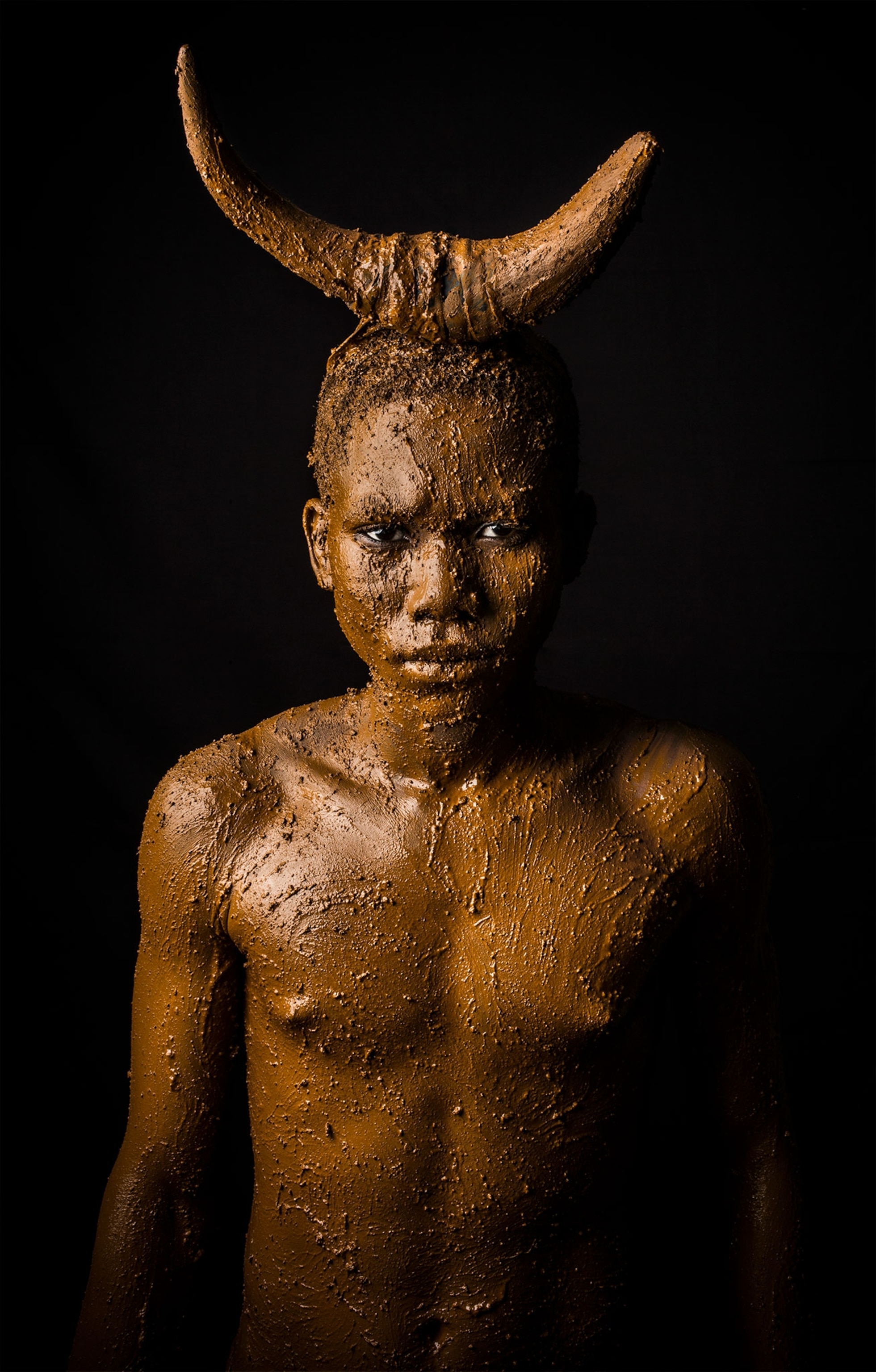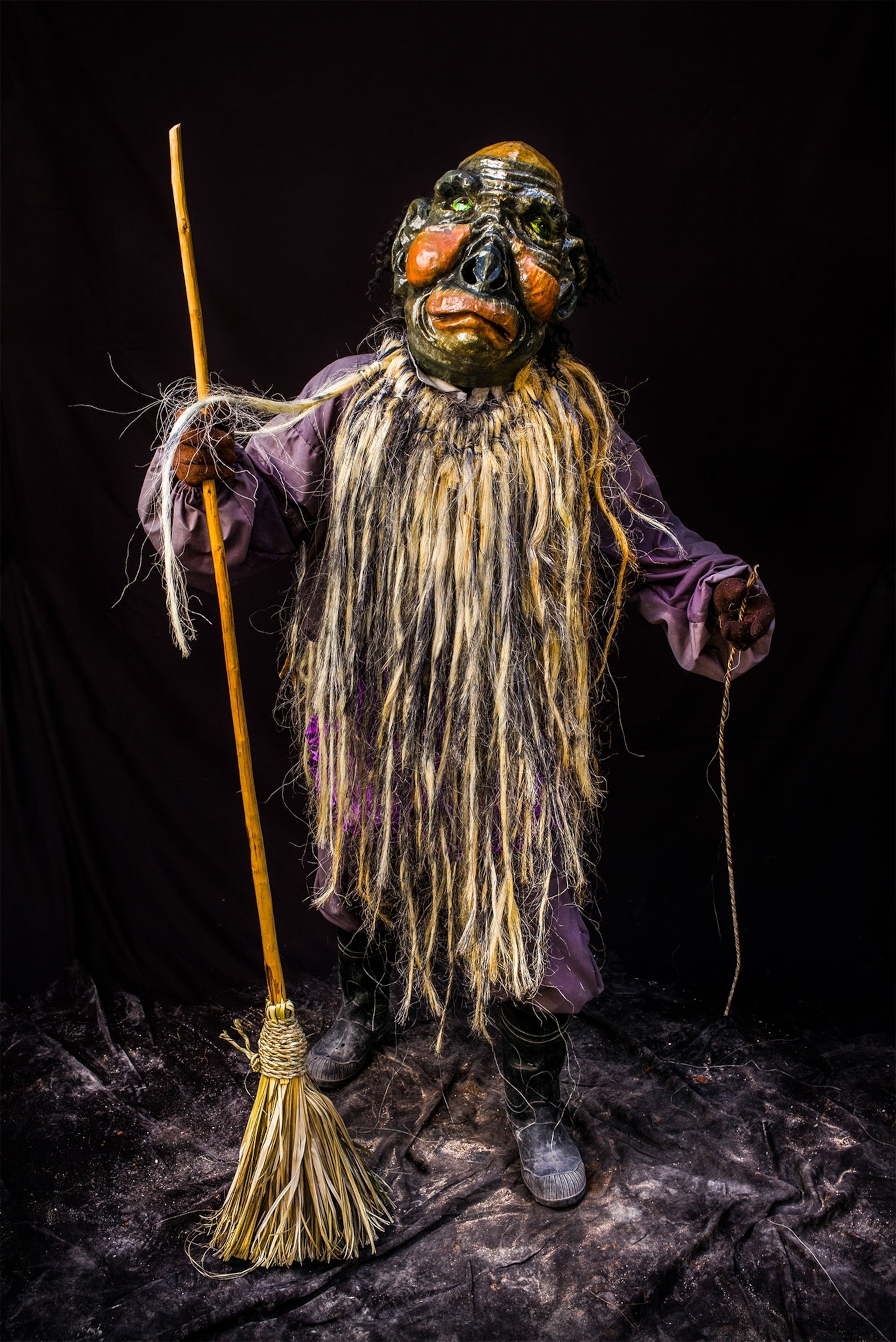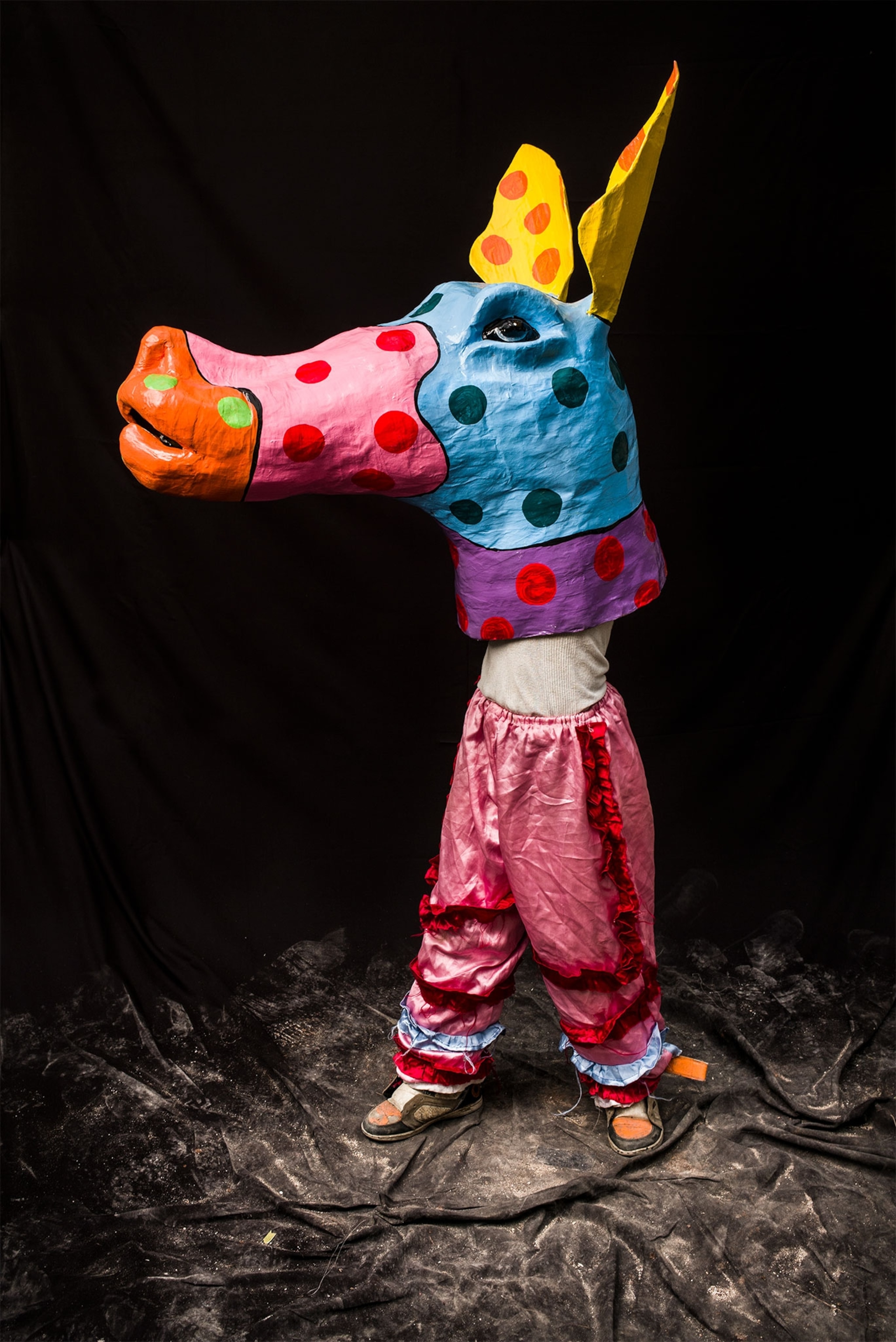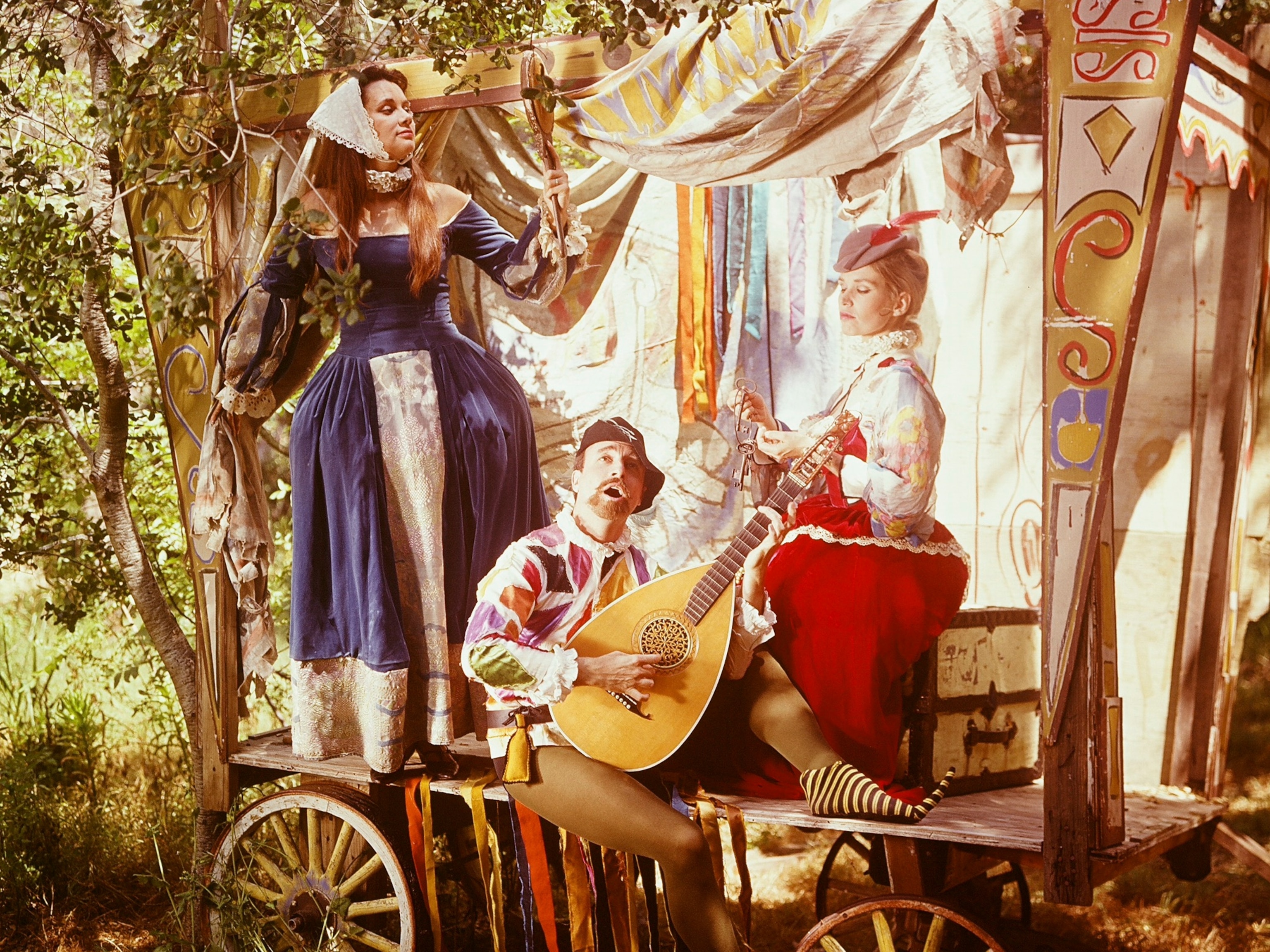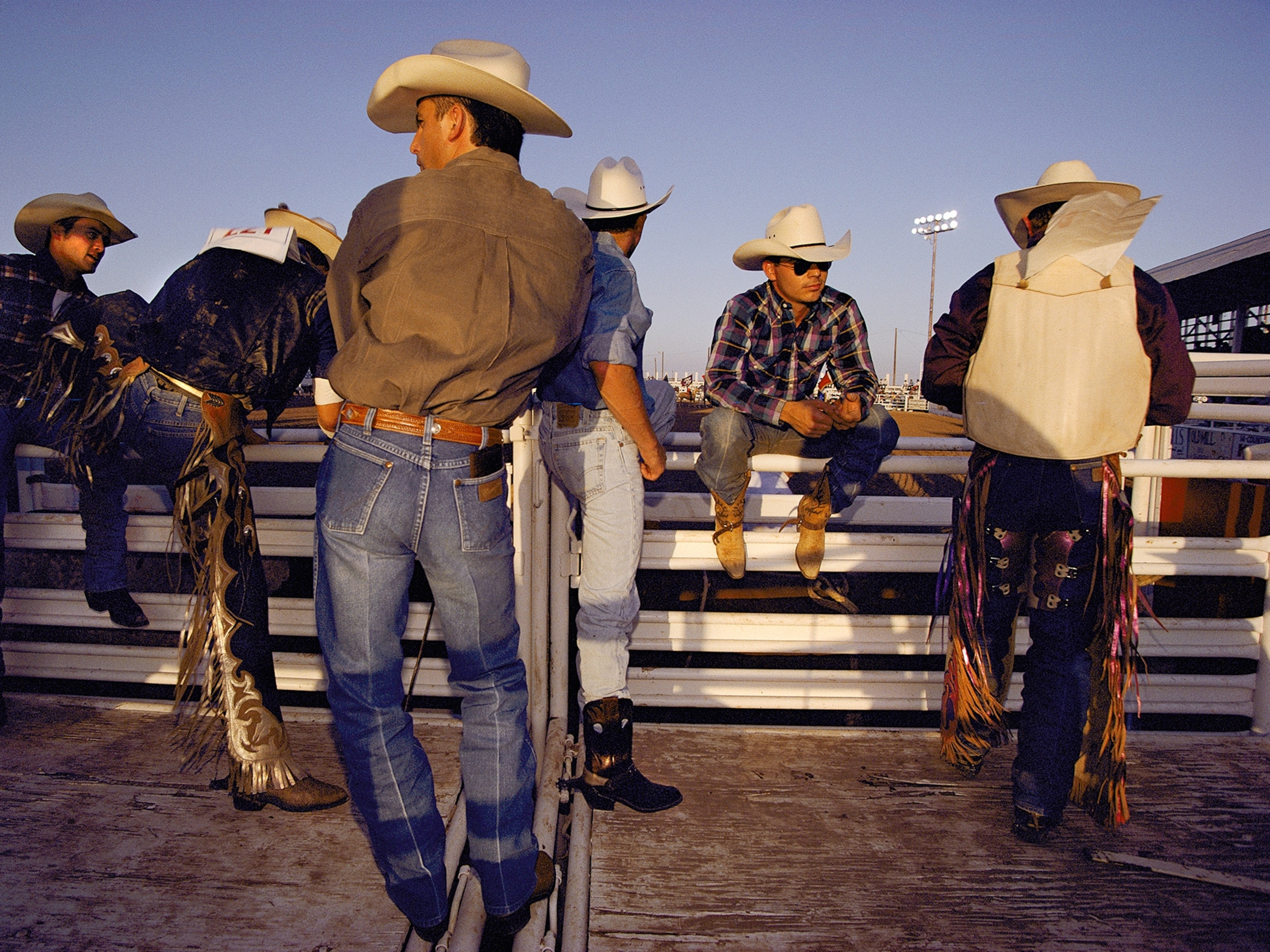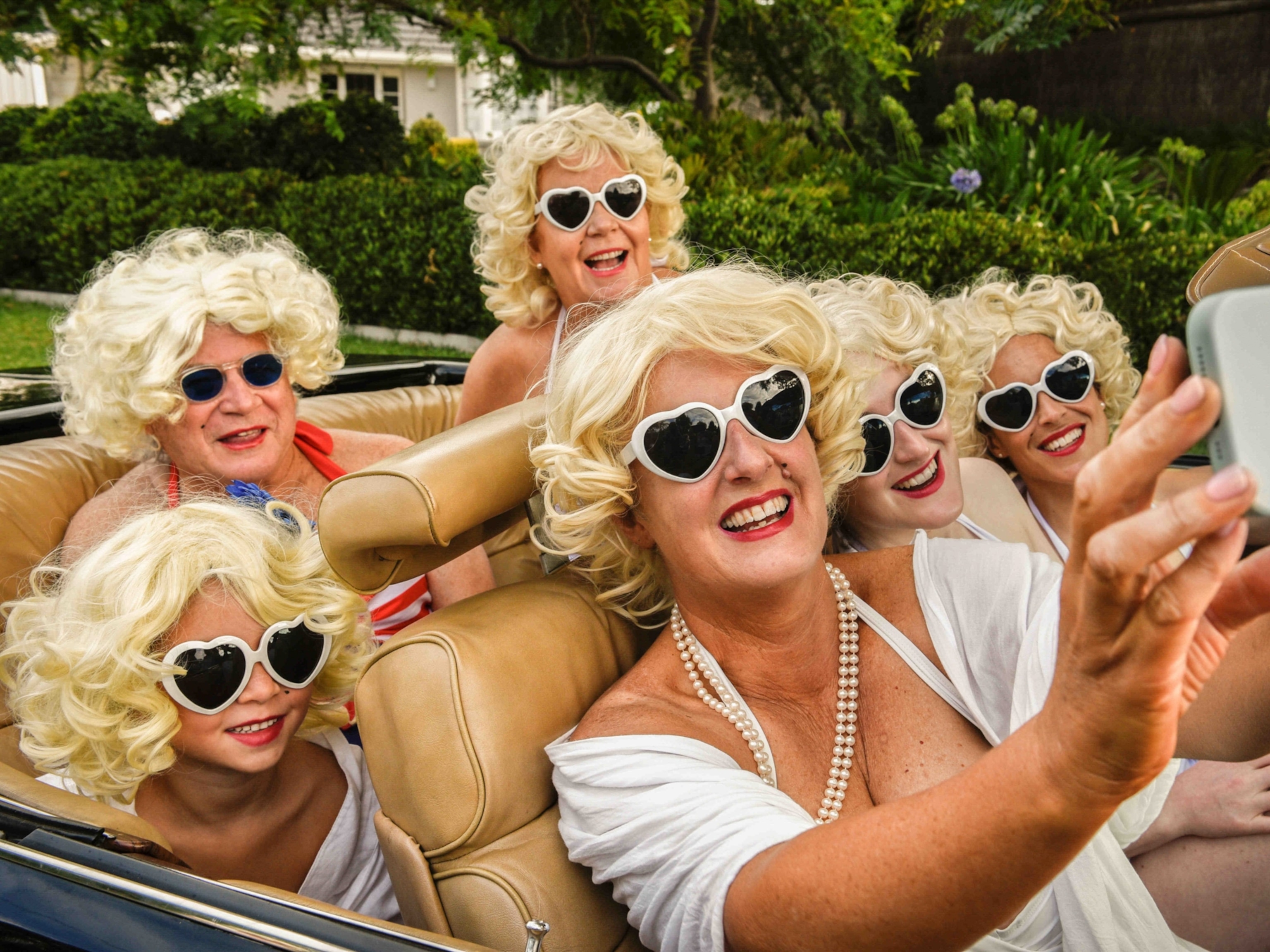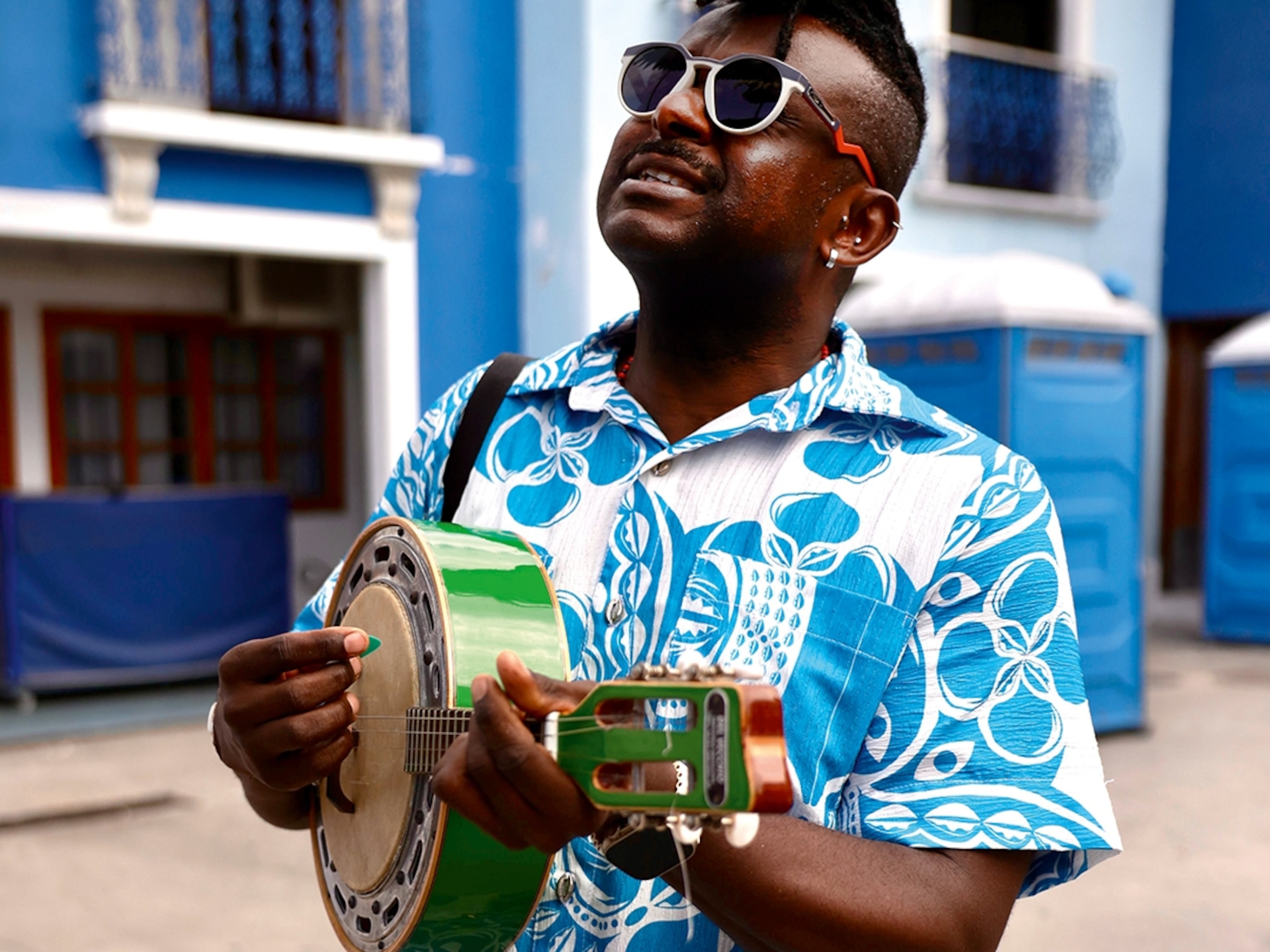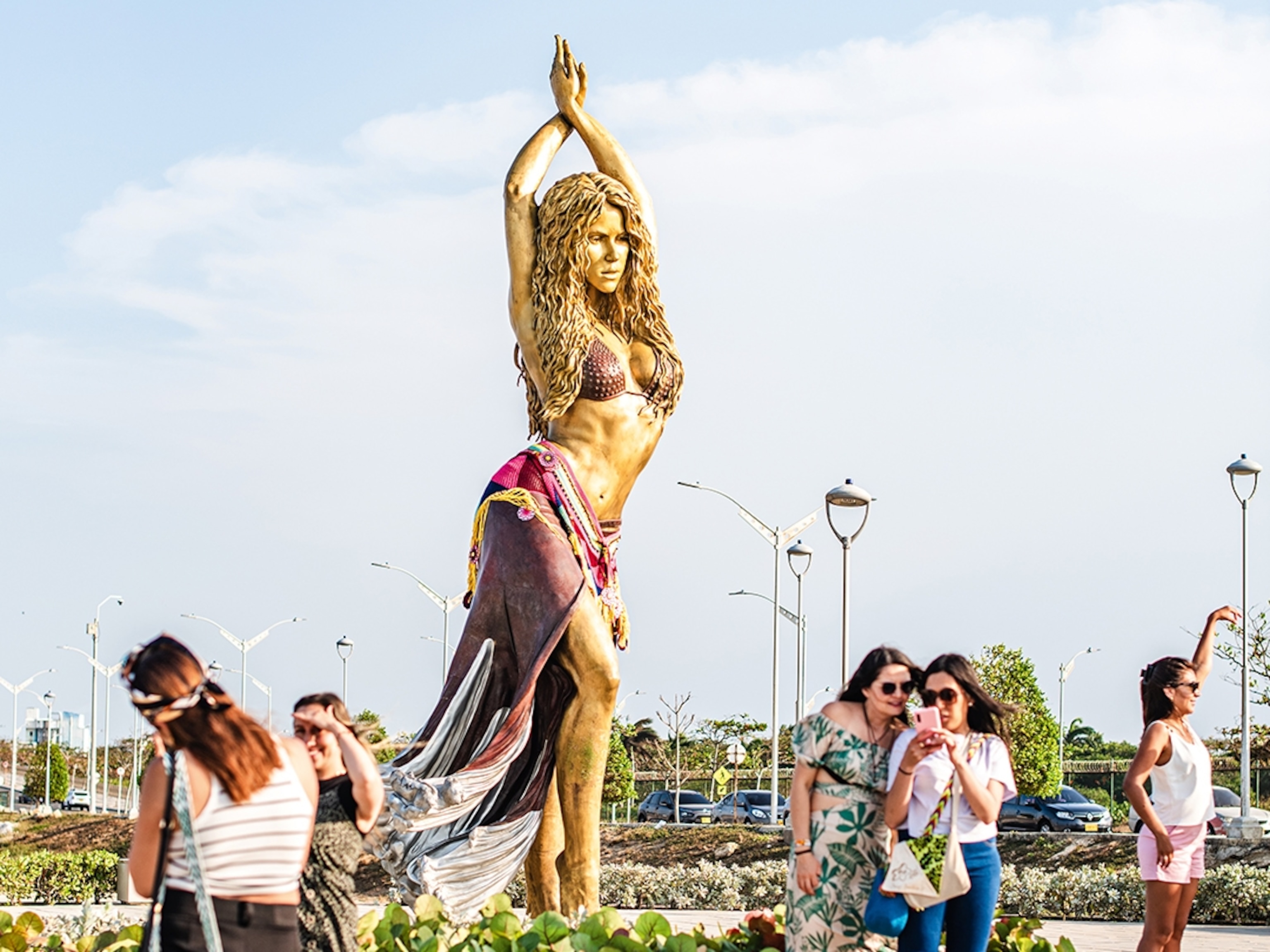
Colorful Karnaval Costumes Show the Vibrant Spirit of Haiti
Haiti's largest annual celebration puts the spirit of the island on display.
For Haiti, celebration is a catharsis.
And the biggest catharsis takes place during the country's annual Karnaval celebrations, held during the weeks leading up to Mardi Gras.
Just as Mardi Gras in the U.S. has been uniquely shaped by the South, so has Karnaval been shaped by Haiti. For over 100 years, the celebration has been held in various cities around the island and showcases the country's unique creole culture. The only catastrophe large enough to halt celebrations was the magnitude 7.0 earthquake that hit Haiti in 2010. Almost seven years later, Haiti is still considered one of the world's poorest countries and recently suffered a cholera outbreak, but Karnaval has since come to represent the resilience of Haitians.


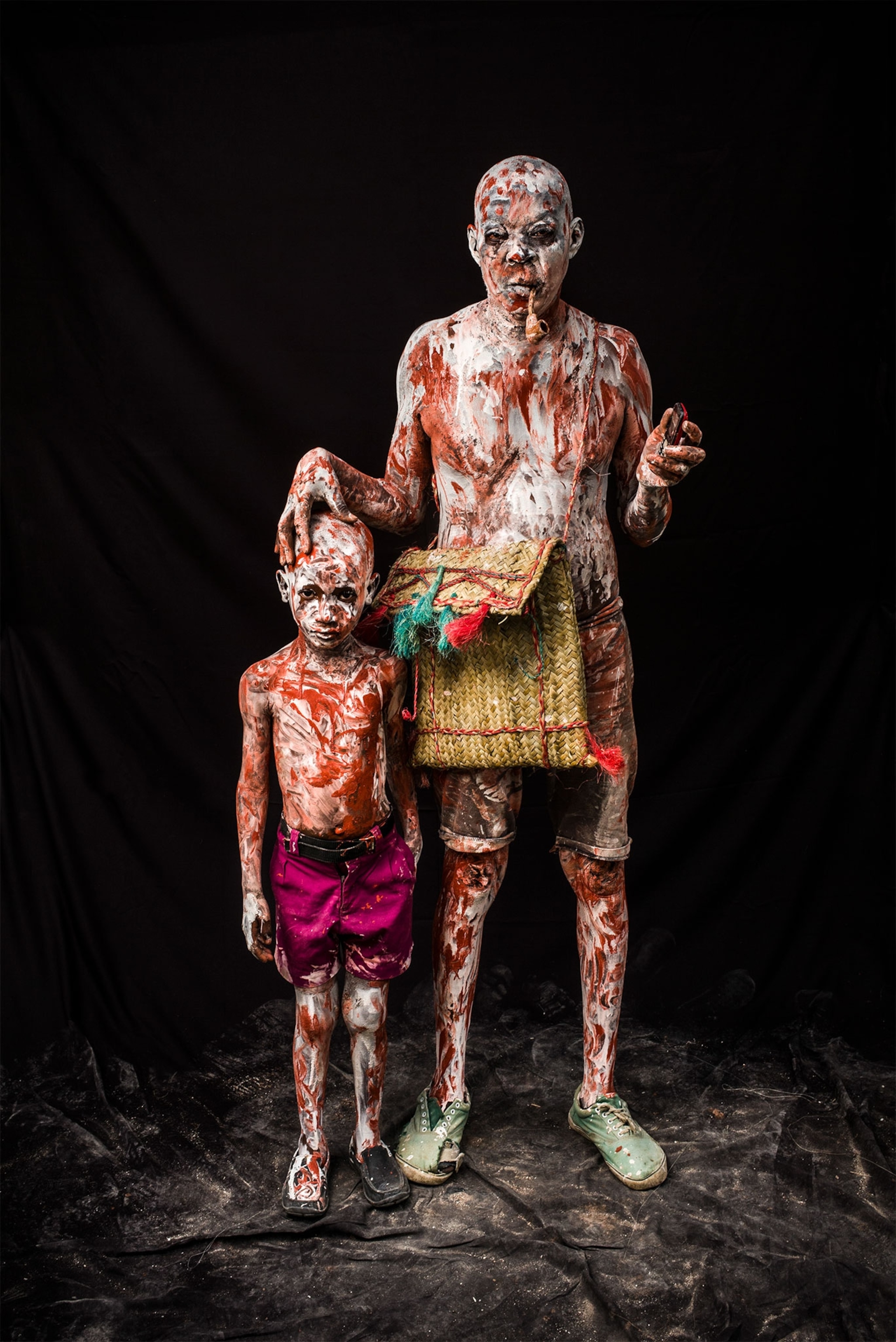
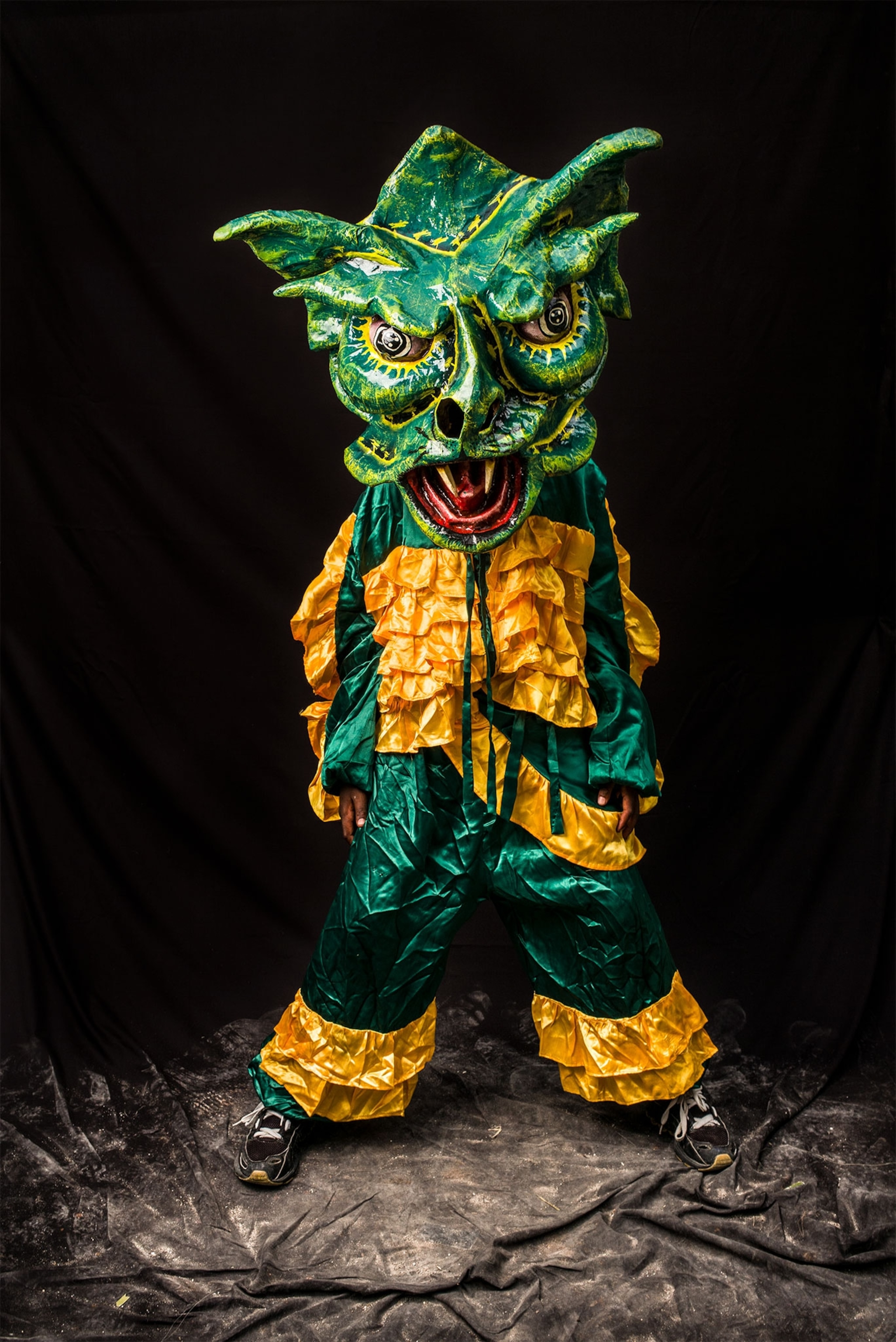
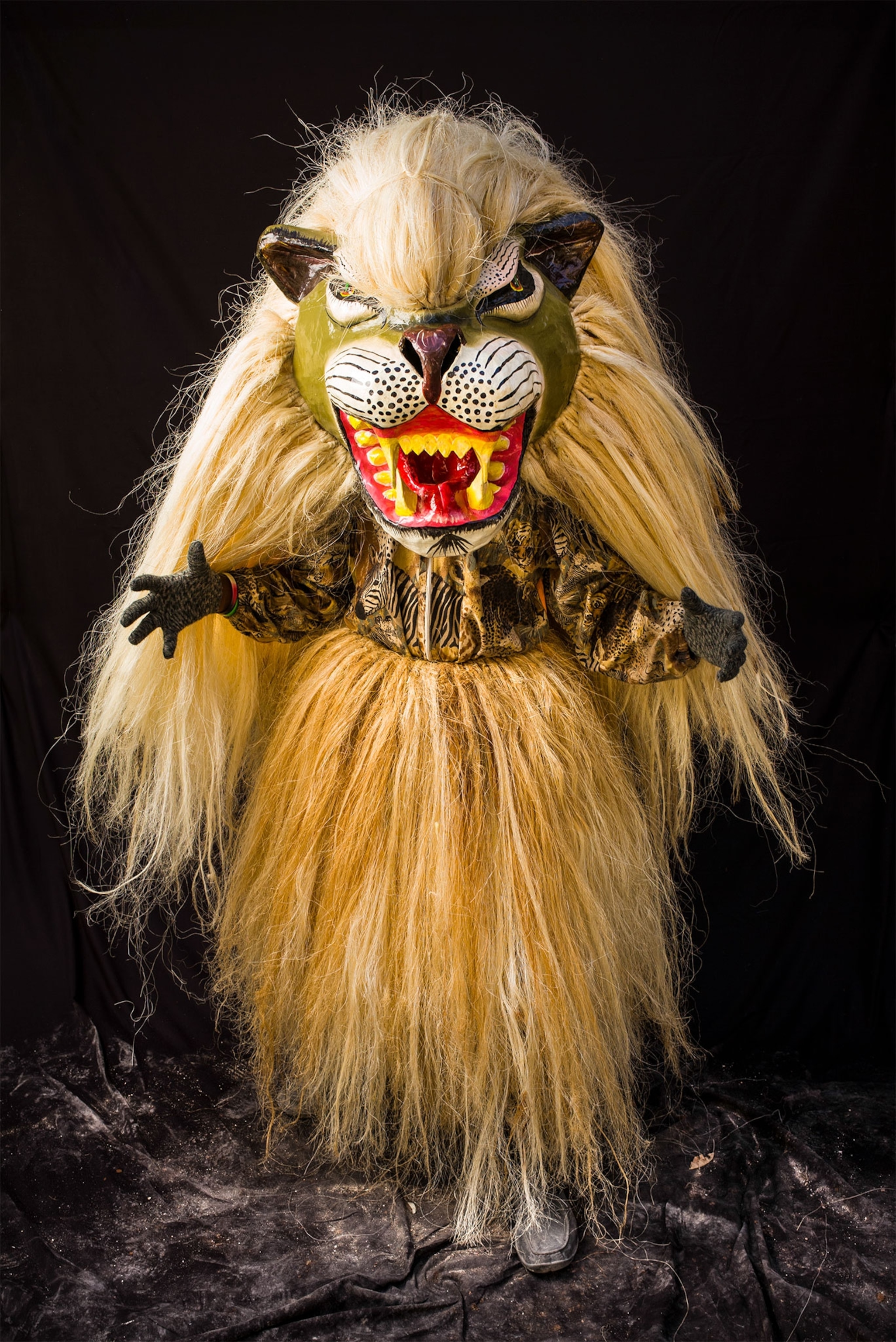
Disheartened by the constant negative news surrounding Haiti, French photographer Corentin Fohlen traveled to Jacmel, a small town on the southern shore of the island, to photograph the creativity and spirit of a people often shown as downtrodden.
"We talk about Haiti always in terms of poverty, but for me this island is one of the [richest]. Not with money, but with human creativity," said Fohlen.
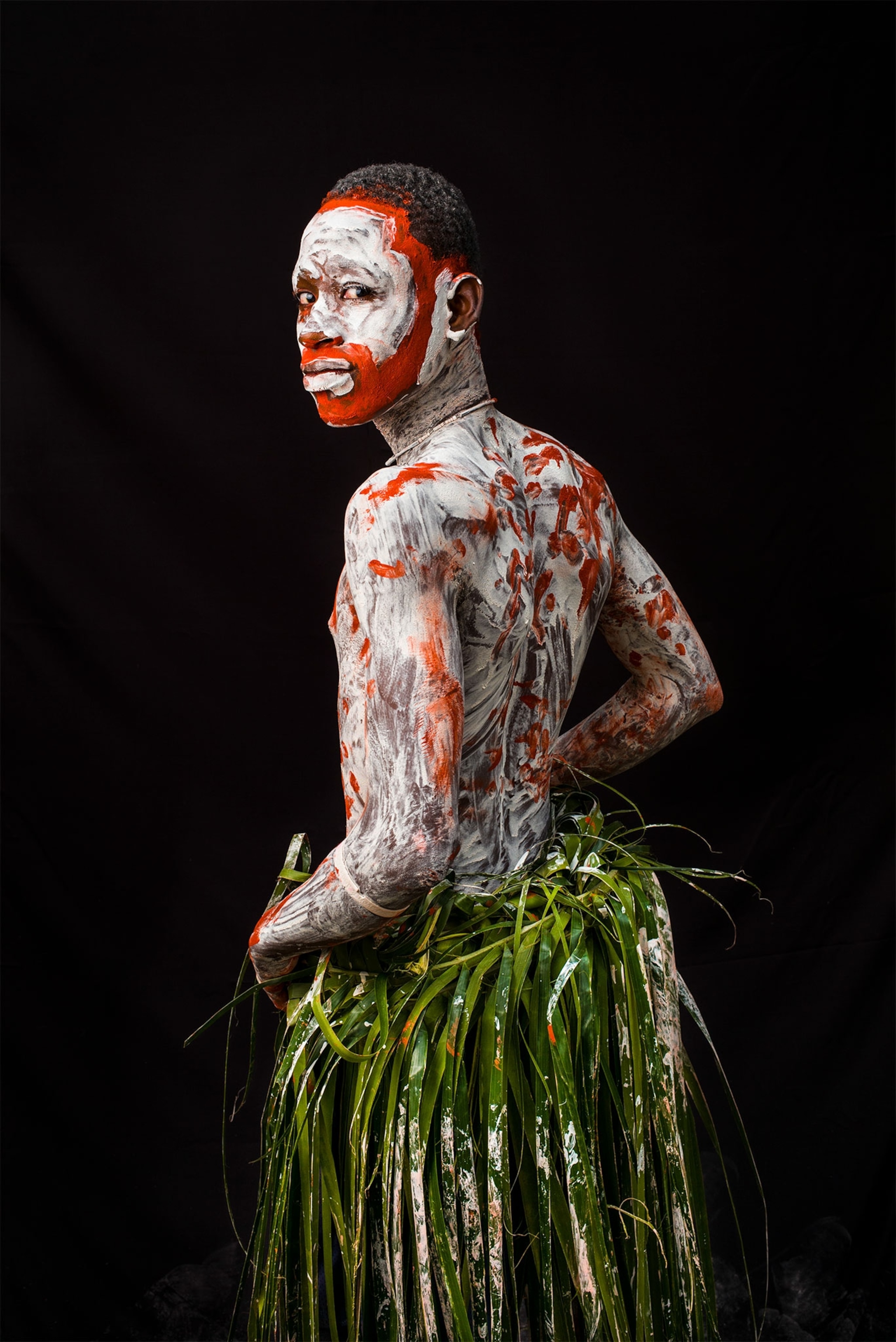

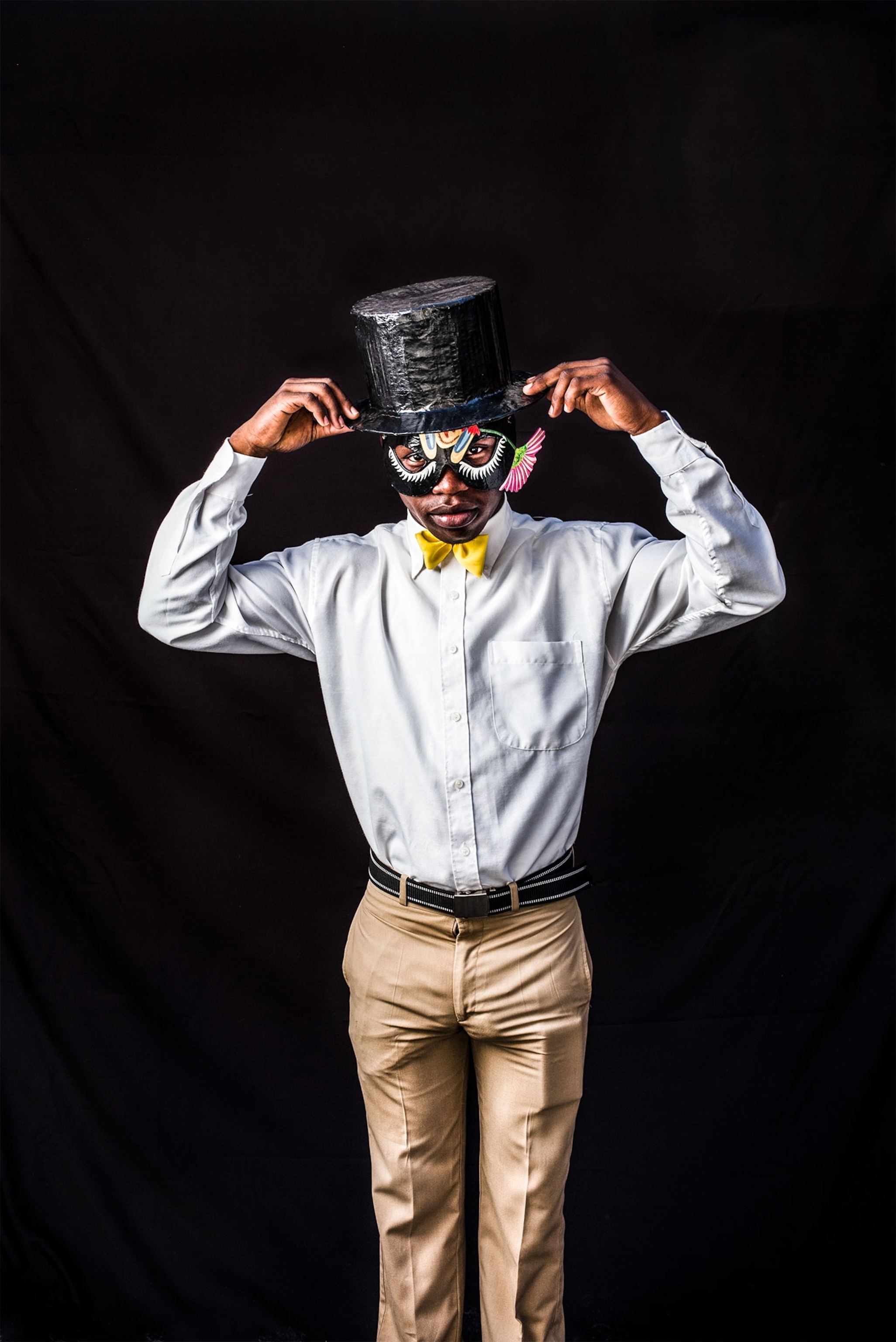
He began photographing Haitians by creating a makeshift studio on a city sidewalk near the Karnaval celebrations, where he could create portraits of each unique costume. He hoped that by focusing on each individual, he would in turn empower them.
Haiti's diasporic creole culture is a mix of the French, Caribbean, and African cultures that have inhabited the island, and revelers artistically weave this identity into their Karnaval costumes. Covered with paint, or hidden behind a mask, costumes are a way for Haitians to escape the social distinctions often deeply felt throughout society. Many costumes are made with papier mache or painted onto skin.
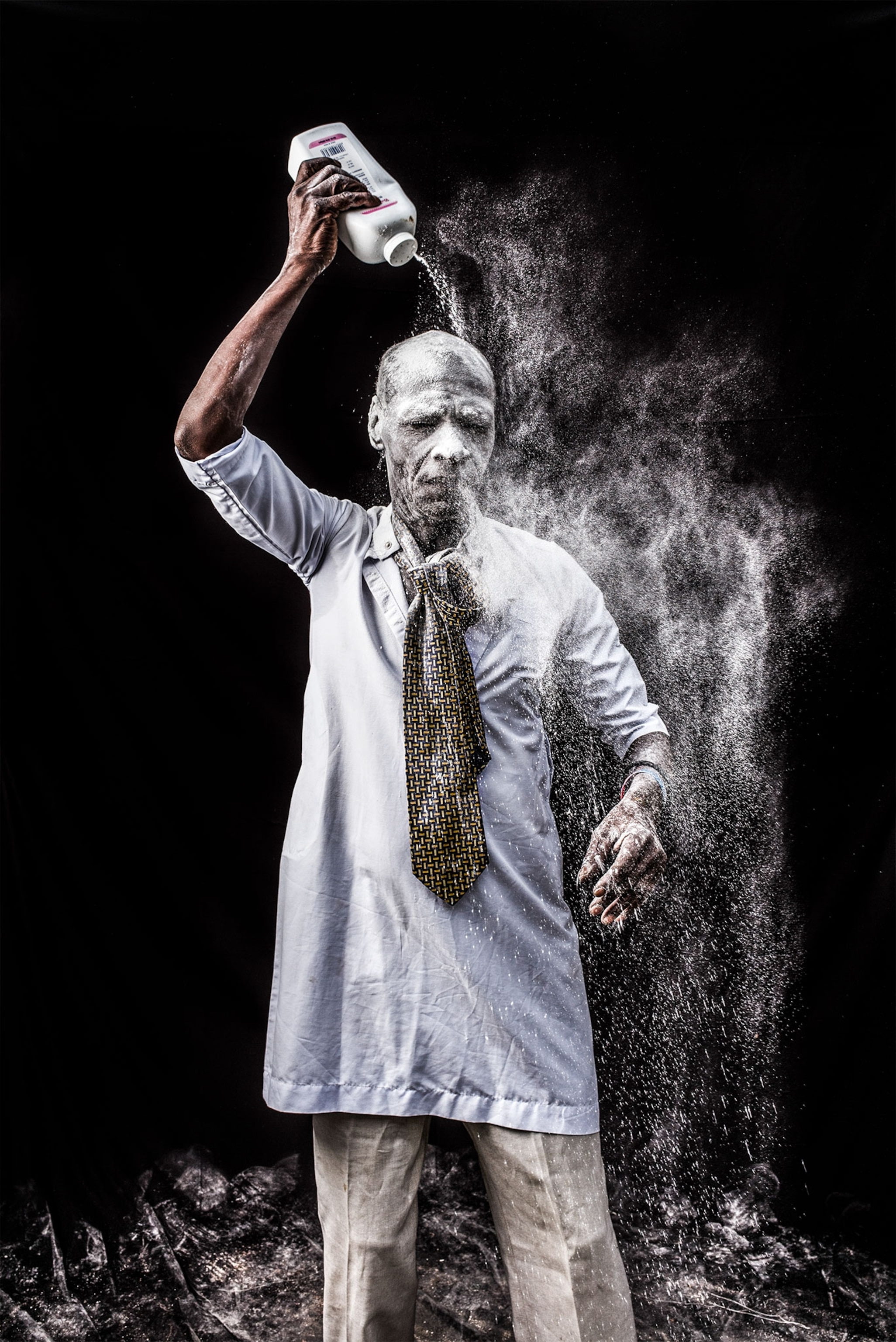
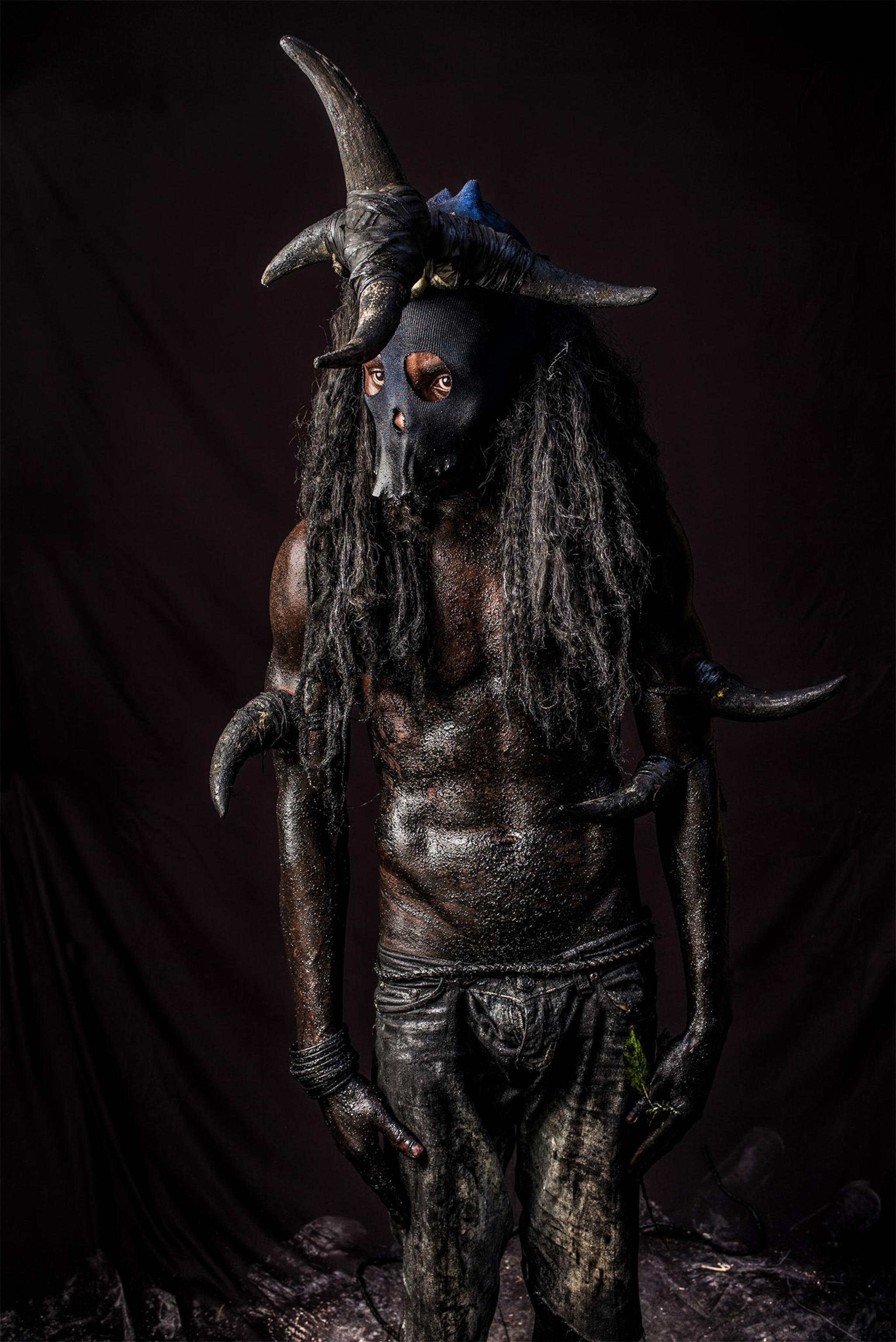
Some Karnaval costumes are created to resemble voodoo characters or wild African animals. Others take on a more surreal quality. During times of unrest, costumes offer satirical and political commentary.
When asked what story he wanted to tell through his portraits, Fohlen claimed he had none. For a people whose narrative is often written by outsiders, he hoped his portraits would simply show another side of Haiti "far from poverty, violence, and humanitarian topics."
